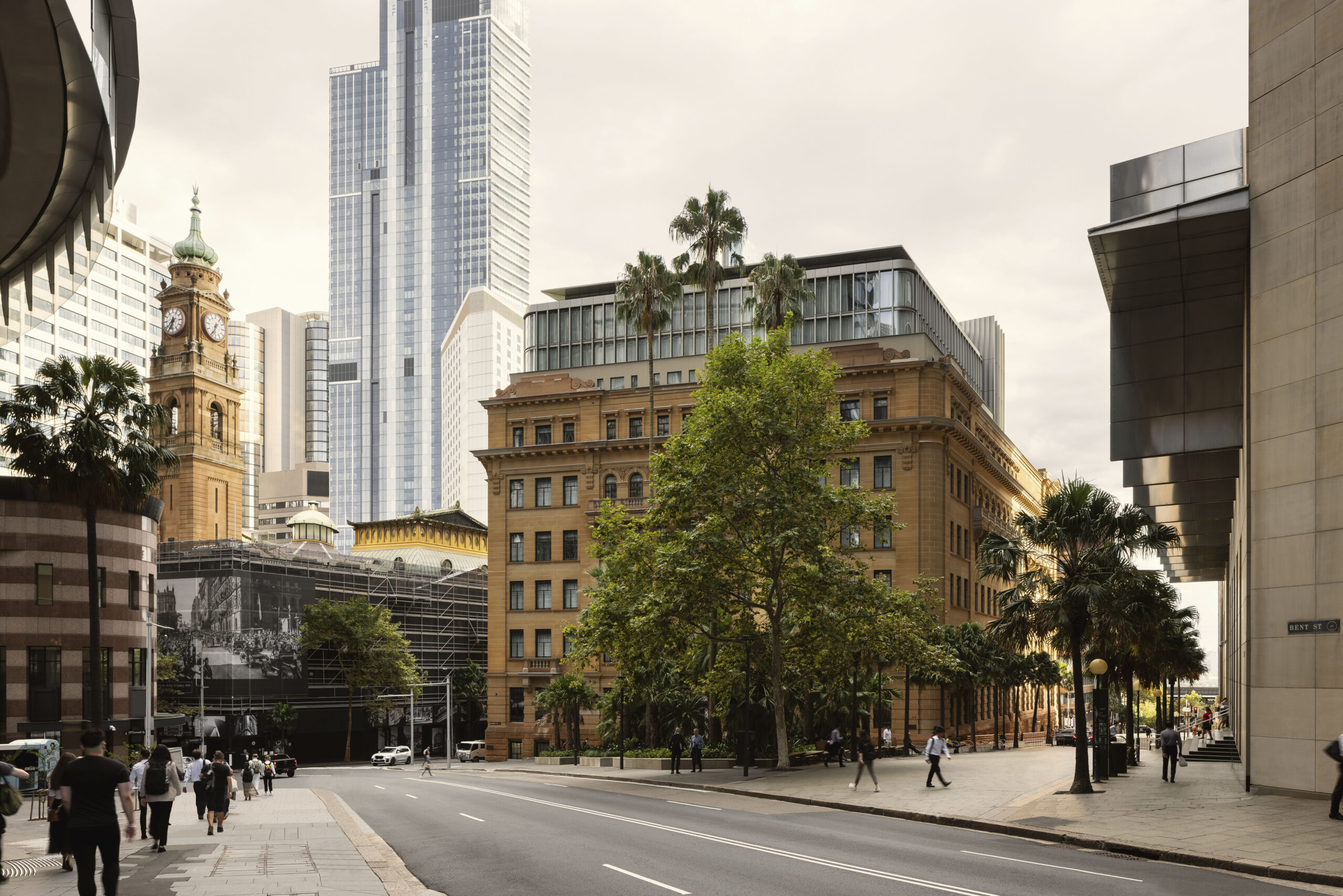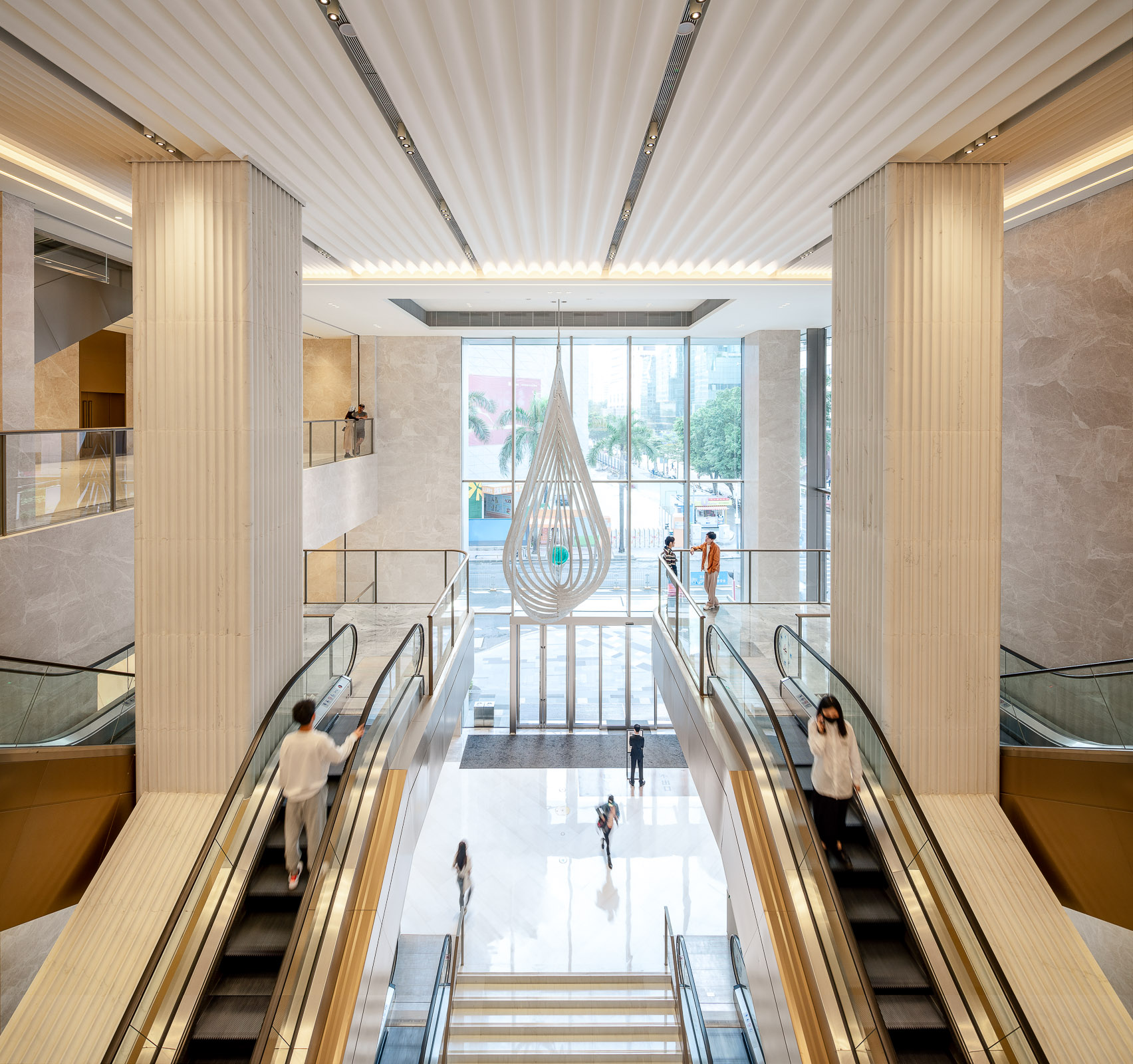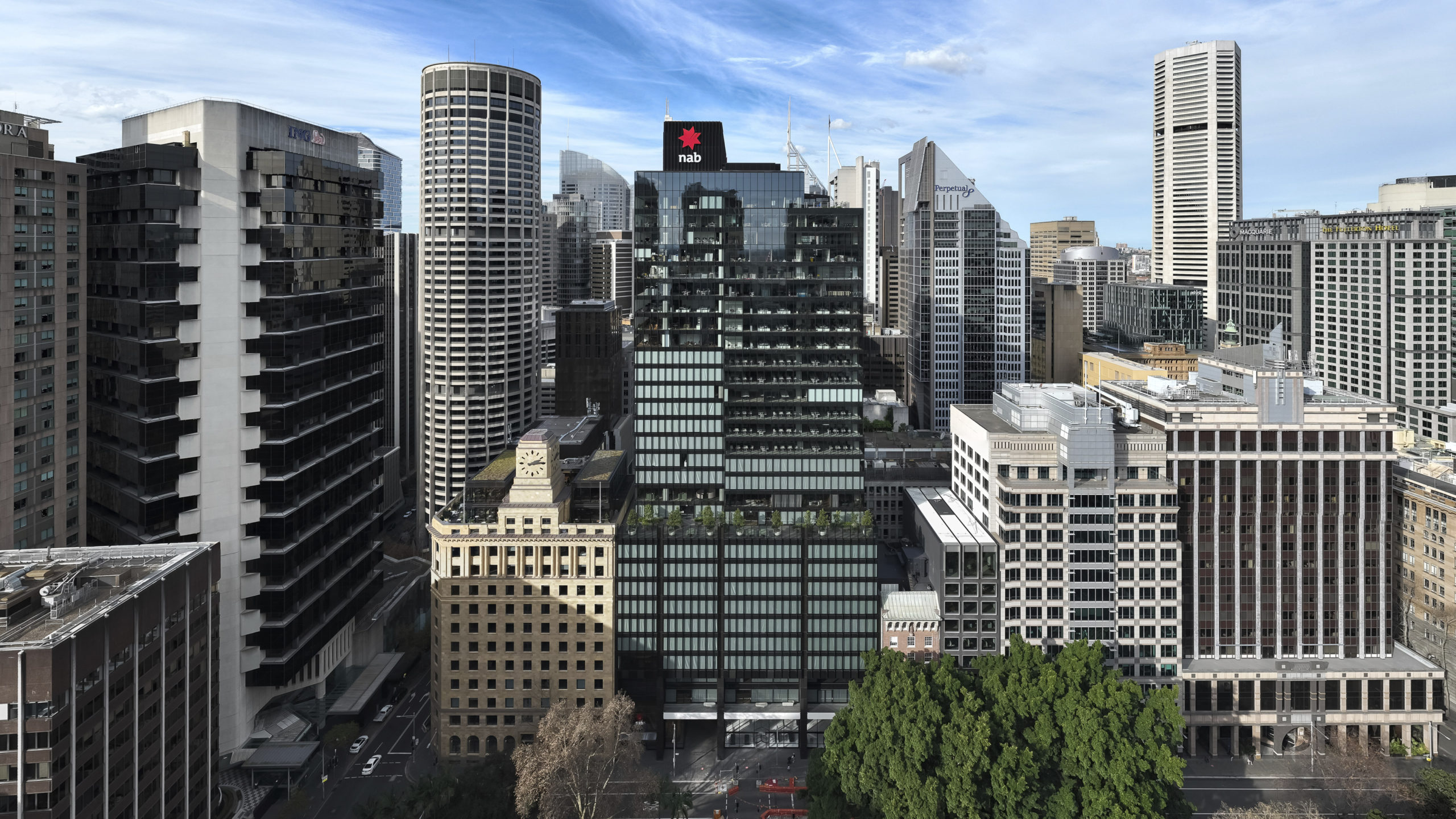
It’s bedlam in here!
Built in the early nineteenth century, the building housing the museum was the former Bethlem Royal Hospital, a psychiatric hospital where the phrase “It’s bedlam in here!” was coined.
The building’s use and form changed and grew over the next century. When the hospital relocated in 1930, the original east and west wings were demolished to create a public park, and the building reopened in 1936 as the Imperial War Museum. Over the next few decades, the museum grew southwards and underwent numerous interior alterations as it acquired more and more artefacts.
It was this progression of uses and spaces, coupled with the building’s social and cultural narrative, that really grabbed my attention. Over the three and a half years I spent working on its refurbishment, we discovered many traces of its past. We protected original elements to preserve the historic narrative, and we introduced new elements to ensure the building could continue to expand and operate.
Heritage work at Make
At Make, I’ve had many opportunities to develop my interest in heritage architecture and pursue this as a specialism through projects, courses and seminars. I’ve come to understand that the fascination for old places is, quite simply, about having an emotional connection to something. It’s the same sentiment that leads us to cherish objects, celebrate events from the past and look back on old photographs.
The built environment gives us so many clues about buildings’ origins, visible in the way they’re constructed, their materials and the choices made by their designers. The arrangement of spaces tells us how people once behaved, lived and worked. It’s a window into the political make-up of an institution and the social circumstances of that time.


Interestingly, no project is ever the same. The Grade II*-listed Harrods building, the Grade II*-listed Hornsey Town Hall, the Grade I-listed Gloucester Lodge and the Grade II-listed 19-21 Billiter Street – all Make projects – each have a story to discover and celebrate. Each has a different past and unique challenges in the way it can be altered. Therefore, the execution of each project has been bespoke. Proposals must not only protect and enhance historic qualities, but also adapt and reuse existing elements. At the heart of any heritage project is the importance of ensuring that the building can be continually used, and therefore continually enjoyed, for many years to come.

Conservation of the built environment
As the world evolves and people change, so does the built environment. It’s a common misconception that conservation is about the preservation of buildings in their entirety. In fact, institutions such as Historic England and SPAB (The Society for the Protection of Ancient Buildings) and charters such as ICOMOS (International Council on Monuments and Sites) emphasise that buildings must not just exist but also continue to be in use. Therefore, an innovative approach to conservation is key.
Creativity, perseverance, experience and skill are required to take on any major refurbishment, particularly when factoring in sustainability and climate change. Most listed buildings date between the 1700s and 1850. This doesn’t mean that modern buildings are less valued, but rather that they haven’t been around long enough to prove that they can withstand the test of time. We should look outside of the listings and consider the reuse of all existing buildings, particularly those which can no longer perform as they should. Retention and retrofitting are pertinent.
And as we work on new projects, we have a responsibility to design and shape our environment with an anticipation of the future. It’s important that our designs are not only robust and adaptive, but also connect with people and evoke an emotional response.
The buildings we build today are the legacy we leave behind for later generations – the heritage of our future. It’s a great responsibility but also a great privilege that we have as guardians of our built environment.
Happy World Heritage Day, everyone!




































































































































































































































































